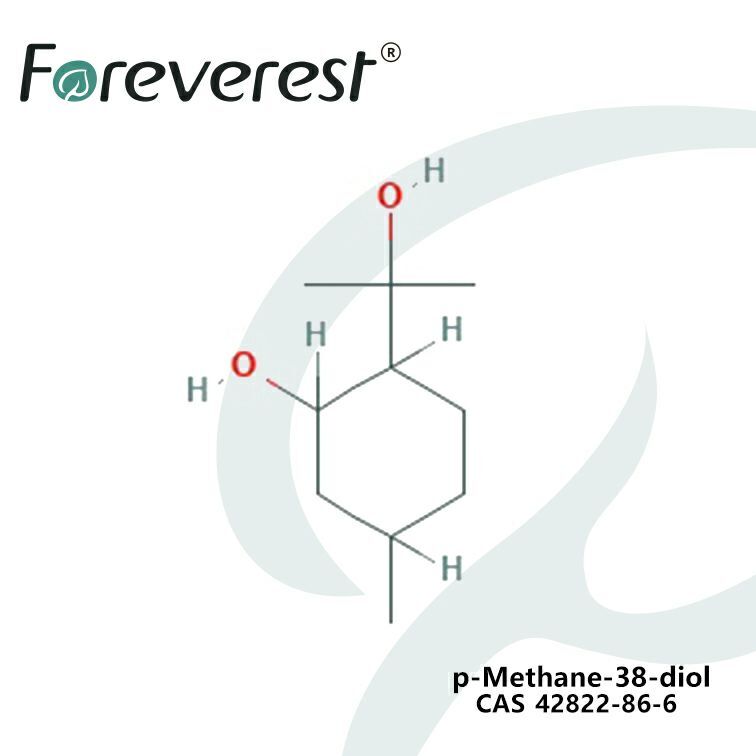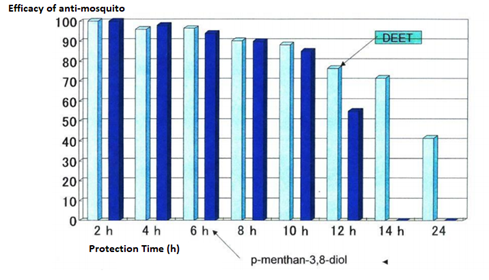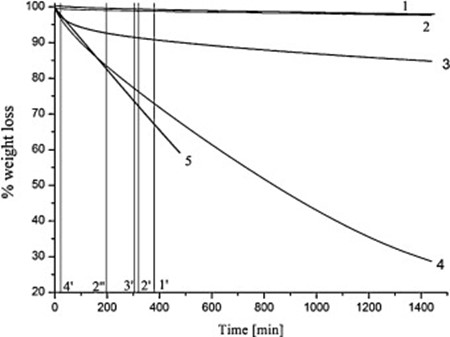Industry News, Biopesticides, Cosmetics & Persnoal Cares
PMD (p- Menthane-3,8-diol/Citriodiol) as a great alternative to DEET

Industry News, Biopesticides, Cosmetics & Persnoal Cares

PMD (p- Menthane-3,8-diol/Citriodiol), as a great alternative to DEET
The mosquito-borne infection has become a serious international public health problem in recent years and is implicated in many large outbreaks of severe epidemic diseases around the world. Three hundred and fifty to fifteen hundred million cases of malaria, which is transmitted by Anopheline mosquitoes, are reported annually and over one million people die, most of them young children in sub-Saharan Africa [1,2].
To prevent and control the number of infected people, personal protection using repellent products is necessary to minimize the risk of infection and reduce the discomfort caused by mosquitoes. Mosquito repellent products used to mask human odors or to produce odors that are resistant to mosquitoes are effective prevention mechanisms.
The majority of mosquito repellent products sold in the market are chemically synthesized., often contain N,N-diethyl-m-methylbenzamide (DEET), ethyl 3-[(acetyl)(butyl)amino] propanoate (IR3535), Icaridin (RS)-sec-butyl-(RS)-2-(2hydroxyethyl) piperidine-1- carboxylate. However, these synthetic active molecules are often prone to controversial matters due to their potential toxicity. p- Menthane-3,8-diol, a well-known repellent active against mosquitoes, from Essential oil of Eucalyptus citriodora becomes a great alternative to DEET.
p- Menthane-3,8-diol (PMD) VS DEET
| Chemical Class | Efficacy | Side Effect | Regulation | Labeling | |
| PMD | Botanical | I) PMD with equal efficacy and duration of protection to DEET; (see Fig I)II) Lost of activity: PMD and DEET have similar volatility; (see Fig II) | N/A | I) In 2000, EPA registered PMD as a “biopesticide repellent”;II) In 2005, the Centers for Disease Control and Prevention (CDC) added PMD to its list of recommended insect repellents; | No adverse effects except for eye irritation;No treatment-related signs of toxicity; |
| DEET | Chemically Synthesized | Neurological damage, including brain damage in children; Muscle coordination; Cognitive ability; Headache; Fatigue; Memory loss etc. | N/A | Do not apply over cuts, wounds, or irritated skin;Do not apply to hands or near eyes and mouth of young children;
Do not allow young children to apply this product; After returning indoors, wash treated skin with soap and water; Wash treated clothing before wearing it again; Use of this product may cause skin reactions in rare cases; |
 |
 |
| Fig I ① Efficacy of anti-mosquito |
Fig II ② The evaporation rate of DEET(1) and PMD (2) |
Qui et al.③ concluded that DEET exhibits a good margin of safety but does manifest some adverse effects. PMD, as a natural repellent, is more and more recommended to use by authorities and demonstrated over the years its potential to replace DEET or others synthetics active, which is active against some mosquito species.
[1] W.V. Van Naters, J.R. Carlson, Nature 444 (2006) 302.
[2] Malaria: http://www.who.int/malaria/
① Green synthesis of para-Menthane-3,8-diol from Eucalyptus citriodora written by Jeremy Drapeau
② Japan Center for Environmental Public Health
③ H. Qiu, H.W. Jun, J.W. Mccall, J. Am. Mosq. Control. Assoc 14 (1998) 12.